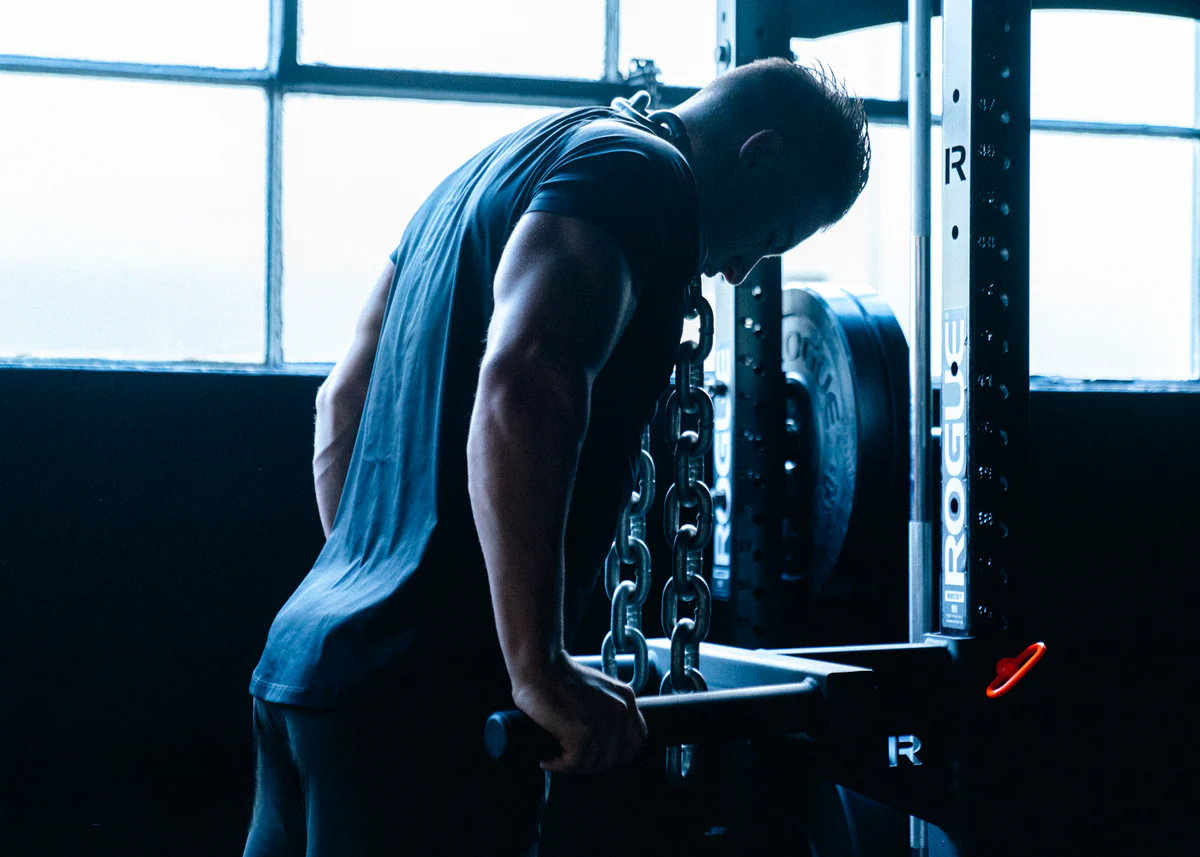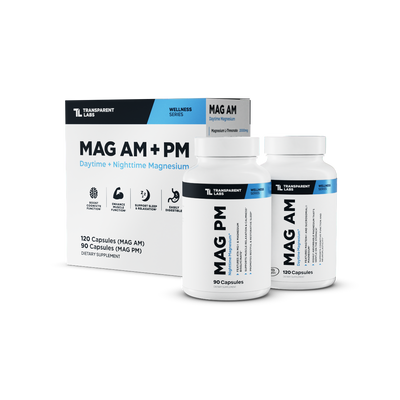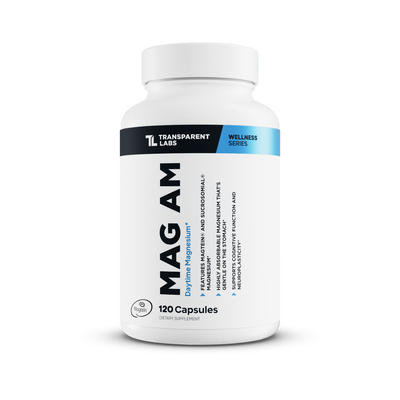What Muscles Do Dips Work? Answered by a Professional

What Muscles Do Dips Work
The dip exercise is a very basic but versatile exercise that can benefit many fitness enthusiasts of all training levels. It can be a great fit for any workout routine because of how it can improve strength, build muscle, improve endurance, and work on stability. The exercise can be placed at any point in a routine and serve its purpose.
We are going to cover all bases with this classic and unique exercise as well as help you determine where it will fit in your personal routine. There are several variations and methods to make the dip fit your needs based on your goals that will be shown as well. Once you learn and apply the dip exercises covered to your workout routine, you will wonder why you went so long without doing them in the first place.
Primary Muscle Groups
All versions of the dip are going to work the triceps (tricep brachii) to some degree (1), but they are also beneficial for the chest and anterior deltoids. You can place more emphasis on these areas based on how you're positioned for the movement and what equipment you are using. Leaning forward will make the exercise chest dips while tricep dips are traditionally performed in a more upright position.
The dip is not a primary back movement, but you will need the rhomboids, lats, traps, and the rest of the upper back to help provide stability while you are performing the movement. The lower back and abdominals are going to also function as stabilizing muscle groups if you are not using assistance.
Benefits of Dip Exercises
Dips are going to provide several benefits for many lifters and athletes that want to improve. Learning to master them early and keeping them in some part of your workout routine would be a smart decision for several reasons.
Muscle Growth and Strength
If you want to get bigger and stronger, then being able to move your body is key. Dips will help you get stronger with pushing, which can transfer to other exercises like the bench press and overhead shoulder press. Football players or combat fighters can use the dip to help maximize strength to push off against an opponent.
The dip will also help you add size to the chest, shoulders, and upper arm. If you want a powerful looking upper body, then you need all three of those areas to be well-developed. The pectoralis major, anterior deltoids, and triceps all need to be prominent when facing judges or posing for photos.
Improved Tissue and Joint Health
A full range of motion helps make the dip as effective as possible. Working with that full range of motion and performing reps slowly will help improve joint health and mobility. This can help you excel in other movements and be beneficial as you get older. It can also help strength the connective tissue around the elbows and shoulders, which will protect them in other exercises and activities.
Convenience and Scalability
It is not hard to find a place to do dips. If you see parallel bars, you can do dips. They can also be done with benches, on a dip machine, and even gymnastic rings if you have the strength and stability to support yourself. Another way to make them more challenging is by adding more resistance. This can be done through adding weight to a dip belt or with a weighted vest.

Chest Dips
Targeting the Lower Chest Muscles
The chest dip is performed with the body leaning forward and the chest sticking out. This compound exercise targets the pectoralis major, pectoralis minor, and anterior deltoids, relegating the triceps to more of a supportive role. It can be done on a captain's chair, countertop, or a set of raised benches or chairs. The best place for chest dips is on a dip station or with parallel bars.
How to Perform the Chest Dip
Once you are upright and supporting yourself on the bars, lean forward to around a 45 degree angle while trying to keep your chest out. Do your best to keep the elbows to the side. This will be the starting position.
Slowly lower yourself until your elbows and shoulder joints are even and your upper arms are parallel to the floor. Pause for a moment, then use the strength in your chest to push yourself back up. Your triceps will assist as you near the top. Continue until your arms are straight, then repeat for the desired reps.
Tricep Dips
Tricep dips are clearly going to place more emphasis on the triceps brachii, but the front delts and pecs are still going to be active. The standard tricep dip can also be performed at a dip station, on a captain's chair, or with parallel bars.
How to Perform Tricep Dips
Start this exercise with your arms straight and supporting your body, but keep your torso upright to target the triceps. Look straight ahead and avoid looking down to keep the focus on the main muscles. Slowly lower yourself so your arms are close to parallel, and go to parallel if possible. Pause briefly, then push yourself back up to the starting position. Repeat for the desired reps.
Ring Dips
Ring dips are going to be a great exercise for advanced lifters and athletes because of the stability required due to the rings being unstable and hanging instead of using solid handles. They can be used for chest dips or tricep dips, but they will require you to pay attention to the shoulders, elbows, and wrists. If you have issues with any of these areas, find another version of dips to work with.
Bench Dips
Bench dips will focus more on the triceps brachii (2) than the chest or the shoulders, but it can be performed with a bench, two benches side-by-side, or even with a sturdy chair to provide the support. The key is making sure your shoulders are externally rotates with hands pointing away from the body. Turning the shoulders in could lead to injury to the rotator cuffs.
This exercise can be modified to fit the user's proper strength. Keep the feet flat on the floor with knees bent if you need assistance. Keep the legs straight out or elevated if you don't need the help. To maximize strength, a training partner could put weight on your thighs at the starting position so you can work with more resistance.
Advanced Dip Variations
Weighted and Assisted Dips
You don't have to rely on your bodyweight alone to perform dips. It is a very versatile movement because you can use more weight for strength or assisted dips to help you get stronger. That means regardless of where you are in your fitness journey, dips can serve you well.
Weighted Dips
Weighted dips can be performed with a weighted vest or with plates on a dip belt. The vest can keep the weight on the upper body, while the dip belt will require slightly extra stability due to them hanging. Both are tremendous assets and would improve your strength training program.
Assisted Dips
Assisted dips work the same muscle groups, but you can either use an assistant machine in a commercial gym, or place a band between the handles for you to support yourself. The band will increase in tension as you go down and help you as you push yourself up.
Bodyweight Drop Set
A drop set is when you reduce the resistance after reaching failure so you can continue performing more reps. A simple and effective drop set for dips is to add push-ups into the mix. Start by performing as many dips as you can until you reach failure. Once you can no longer perform a dip with proper form, rest for 15 seconds, get down into a pushup, and extend your set by going to failure a second time.

Precautions and Injuries
As is the case with any exercise, there are safety precautions and personal body issues to keep in mind when you prepare to do dips. Knowing how to do it and what not to do will be important for this and any other exercise you perform. If you have any shoulder joint, elbow joint, chest, shoulder, or triceps injuries or issues, speak with your doctor before you start working dips into your plan.
Common Injuries and Prevention
Injuries with dips can usually be attributed to rounded shoulders, swinging the body, not going low enough, or trying to perform the reps as fast as possible. All of these are counterproductive and will not benefit the muscles worked.
Warm up with pushups or do dips as the second or third exercise in the routine so you are properly prepared for the work to come. Also, listen to your body and stop when needed. Going to complete failure on dips is not necessary.
Proper Warm-up and Cool-down
Before you even hit the gym, give your body enough protein to help fuel the session so you can be at your best. Once you are set to begin your session, start with light cardio for 10-15 minutes and perform dynamic stretches to prepare the muscles, tendons, and joints for what is to come.
After training is done, cool down with more stretching and foam rolling or a percussive gun for massaging. This can help begin the recovery process and is important for injury prevention.
Listening to Your Body
Keep in mind how your body feels and performs throughout the entire workout. If you feel that you would not be able to perform dips as well once you are fatigued, then do them earlier in the session. If you want to use the dips as a finisher, they can be used to increase muscle activation as you begin to fatigue (3). If you are concerned about fatigue, then make sure you supplement with a quality preworkout such as Bulk or Stim-Free so you can keep going and stay focused as the workout progresses.
If you notice pain or discomfort beyond traditional soreness from training, then you should find an alternative or skip training until you can get the attention you need to recover. Don't try to push through and finish because it may lead to a far more significant injury. Live to train another day.
Frequently Asked Questions
Do dips work back?
No, dips do not directly work the back muscles. The rear delts, lats, and traps in the upper back area are going to be serving as stabilizer muscles while the chest, shoulders, and triceps do the primary work with the movement. The best bodyweight exercise for the back would be pull ups, and you can do pull ups and dips together to make an incredible upper body workout.
Are dips better than push-ups or bench press?
This is going to be dependent on what you are training for. The dip, push-ups, and bench press are all great pushing exercises that will help you with gaining muscle mass and getting stronger, but the true answer to this is based on individual preference. Powerlifters and some bodybuilders may prefer the bench press, but athletes in other strength disciplines may prefer body weight movements like the dip or push-ups.
How many reps and sets should I do?
Once again, the goals you have in mind will determine the rep range you need. If you want to maximize strength and power, then rep ranges from 1-5 are going to serve you well. If you want to build muscle mass, then a range of 6-12 is going to be optimal for that goal.
Conclusion
Whether you are using parallel bars, a dip station, or even two benches, dips can be a wonderful exercise to add to your training plan, regardless of your fitness discipline. They can be performed with your own body weight, extra weight connected to the body, or with assistance from a band, all to help you train the chest, triceps, and anterior deltoids so you can build muscle or improve strength in the upper body. When performed with proper form, they are also friendly on the joints. Don't be afraid to add them to your training plan so you can see the benefits sooner and later.
REFERENCES









